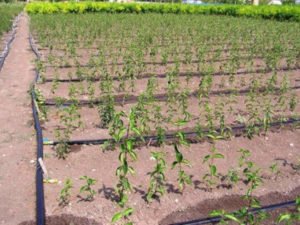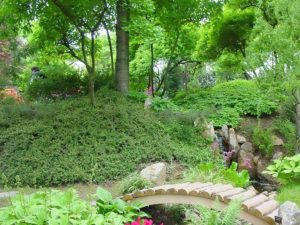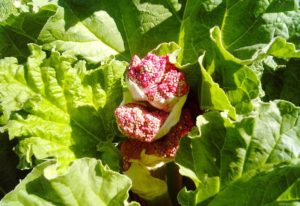
Time is inexorably moving towards autumn, which means that it’s time to think not only about harvesting, but also about building warm beds for the next season. In the spring, they will be of great help: due to the heat generated by the “filling” of such a bed, comfortable conditions are created for early sowing and planting of heat-loving vegetables.
Any options?
In fact, there are many options for arranging a warm bed. For example, you can make it so that it is hidden. In this case, the turf is removed at the selected location and a trench is dug, into which organic raw materials are then laid. This bed is only slightly raised above ground level or is on the same level with it.
It is clear that in areas where meltwater stagnates in the spring or groundwater is located close to the surface, this option cannot be used. But if you choose a dry place that does not flood even prolonged downpours, this method of arrangement will save you money, time and effort.

Another option is a raised warm garden bed. The ideal solution for areas suffering from spring flooding and excess moisture during the season. In this case, after removing the top layer of turf, install a fence made of any improvised material and fill the resulting box.
A matter of principle
A warm bed is, in fact, a kind of “layer cake” stuffed with heterogeneous organic matter. Due to the gradual decomposition of this raw material, on the one hand, plants receive nutrition, on the other hand, the soil heats up.
From the point of view of technology, a warm bed is a slightly modified compost heap. In both cases, in order for the processing of the laid waste to proceed correctly, there was no mold, unpleasant odors, pathogenic microorganisms did not multiply, it is important to keep the raw materials moist and not interfere with air exchange.
Hence the first important rules:
- at the base of the beds, lay large, coarse, long-rotting waste: branches, strong plant stems, wood clippings and the like — they will serve as drainage and provide air flow; the layer is loose, about 40-45 cm (15.7-17.7 in) high.;
- before laying each next layer, the previous one is carefully watered; during the season, a warm bed needs watering more often than usual — its “filling” should not dry out;
- to fill the beds, use only the waste of healthy plants that are not affected by pests and diseases, without seeds.
Often, the remains of wood waste are stacked over a rough stack: vegetable leaves, cut weeds, clean flower stems, and so on. If the turf is removed, it is also laid inside the beds, grass down. It is important that the vegetable mass does not stick together, blocking the access of air, therefore, if the raw material is juicy, moist, it is layered with straw or crushed branches of shrubs.
Next, it would be nice to lay a layer of fallen leaves, ideally 15 cm (5.9 in) thick. The leaves are rammed and watered, and rotted manure or mature compost is placed on top.

The top layer (usually 15-20 cm/5.9-7.9 in thick) is ordinary garden or turf land, often mixed with compost.
If you were engaged in arranging a warm bed with your own hands in early autumn, it is advisable to cover it with a black film immediately after the completion of the work – this way you will save your work from the ubiquitous weed seeds, which are perfectly carried by the wind and will sprout with pleasure on carefully prepared fertile soil.
Another important nuance: the “filling” of warm beds is a cozy haven for rodents. So that they do not settle you for the winter, and next year they do not eat vegetables, it is advisable to cover the bottom of the structure with a fine-mesh metal mesh.

What to plant?
A warm garden is usually used for 3-4 years in a row, but it will bring maximum benefit only if you plan the planting correctly.
1 year: the bed is full of nutrients, and the intensive decomposition of organic raw materials gives a lot of heat. These are ideal conditions for zucchini and cucumbers — they should be planted.
2 years: there are still a lot of nutrients; cucumbers and zucchini can be planted again, cabbage and tomatoes can also be planted. It is categorically not recommended in the first two years to sow vegetable crops in a warm bed that tend to accumulate nitrates: beets, radishes and lettuce.
3 years: there are enough nutrient reserves for cabbage, tomatoes, peppers, beans; you can plant potatoes, sow beets, carrots, salad crops.
year 4: without fertilizing, only a culture that is undemanding to nutrition will grow well in the garden. You can grow herbs, peas.
By this time, the soil will noticeably settle, and the supply of nutrients will be almost completely depleted, but the remaining content can be added to the garden soil to improve its structure. And to lay a new warm bed on the vacant place.




Leave a Reply